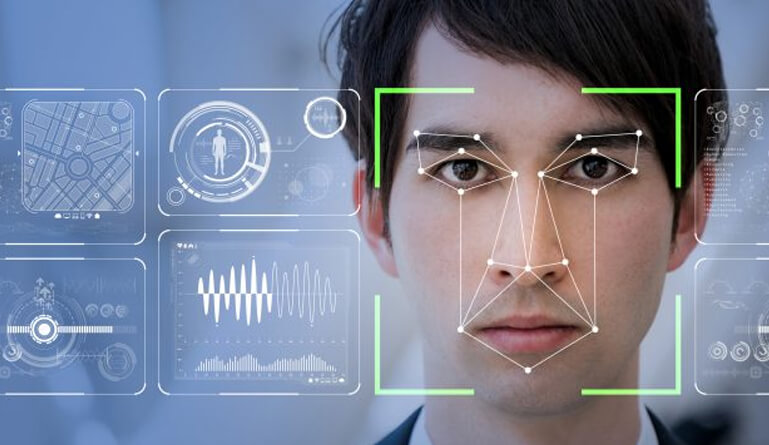Many individuals use DNA testing to break through research barriers in their family tree. DNA testing may assist you in getting beyond these research roadblocks when you cannot locate enough data to extend your family tree further. Successful genealogists often begin by employing conventional research approaches and tried and proven procedures to break through a brick wall. When none of these approaches is successful, a genealogical DNA test or face recognition app may assist in overcoming a barrier.
Three Different DNA Testing Methods You Can Use to Break Through Obstacles
A “DNA match list” is a broad term for a list of DNA firms that provide the chance to locate relatives. A DNA cousin match is someone whose DNA closely resembles yours.
Strategies for Breaking Down DNA’s Barriers
Following a DNA test, you might use various techniques to get beyond your obstacle. Here are some typical issues that DNA may assist with, along with methods for breaking down these obstacles using the findings of your best DNA test.
Finding an Unknown Parent or Grandparent Using DNA
Sorting your DNA matches into categories can help you start your search for an unknown parent or grandparent. Many businesses assist you in this sorting by displaying matches with DNA in common with one another utilizing a shared or “in common with” function. If all group members have the same DNA, they may have a common ancestor.
Search for dates and locations that coincide with the details you know about yourself and your unidentified relative as you learn more about the descendants of this shared ancestor. You may prove your kinship by requesting from ancestry DNA testing center.
Discover New Research: A Face Recognition App
DNA may provide hints pointing you toward new relatives, surnames, or regions if your inquiry runs into a brick wall due to immigration or movement, name changes, or missing documents. You’ll need knowledge about your brick-wall ancestor—the ancestor whose family line terminates or about whom you’re looking to learn more—to recognize these hints. A face recognition app can help in various ways.
DNA Evidence for Relationships
By first speculating and then utilizing DNA to validate a link, you may knock down brick barriers in cases where documents were destroyed, lost, or never made. Start by investigating your elusive Ancestry and locating potential relatives. Find the likely relatives of your brick-wall ancestor and their live descendants, and test them. The link was presumably real if the DNA matches happened at an anticipated rate.
Collaborative Research Using DNA
If you find any DNA matches for your mysterious ancestor, get in touch to ask them about their family trees, particularly if they haven’t posted one on the DNA testing website. If your obscure relative is more recent, a DNA match could know them personally or have offspring who might assist you in finding important documents and data. They could also have a family tree or other useful information.
If your DNA match has little to no information or no family tree, but you both desire to know more about your ancestors, you could wish to tackle the issue jointly. A smart approach to benefit from and work with DNA matches is uploading and sharing family tree data on a genealogy website. A shared family tree is available on FamilySearch.org without cost along with other applications like face recognition app.
Get a DNA Test for Genealogy Research: How to Do It
While a DNA test may help you connect with family members who share a common ancestor, it won’t instantly complete your family tree. DNA testing for genealogy is available from several businesses. Each business is reliant on its private database of DNA data. Your findings will be more accurate the bigger the database is. Additionally, a reputable company is more likely to be there long after you pass your exam. As businesses update their databases, some may provide new information about your findings and new research like face recognition apps.
Where To Post Genealogy DNA Test Results
Your selected provider will email you the findings after analyzing your DNA. You may submit your findings to a unique database from certain businesses. The business might get in touch with you and the other customers to inform them of the match if the results from other customers match yours. Competition indicates that you and the other customer have a common ancestor, albeit it is hard to tell how far back that ancestor may have come from the test results alone.
Only by searching for marker matches can you begin to identify potential relatives. There is a possibility that you two are connected if multiple markers between you and the other individual match. You are more likely to share an ancestor within a few generations with more marker matches.

